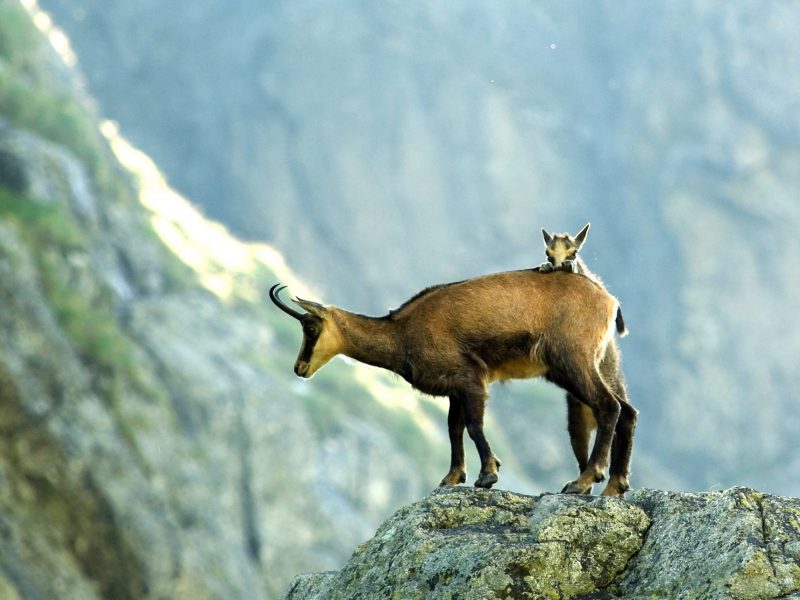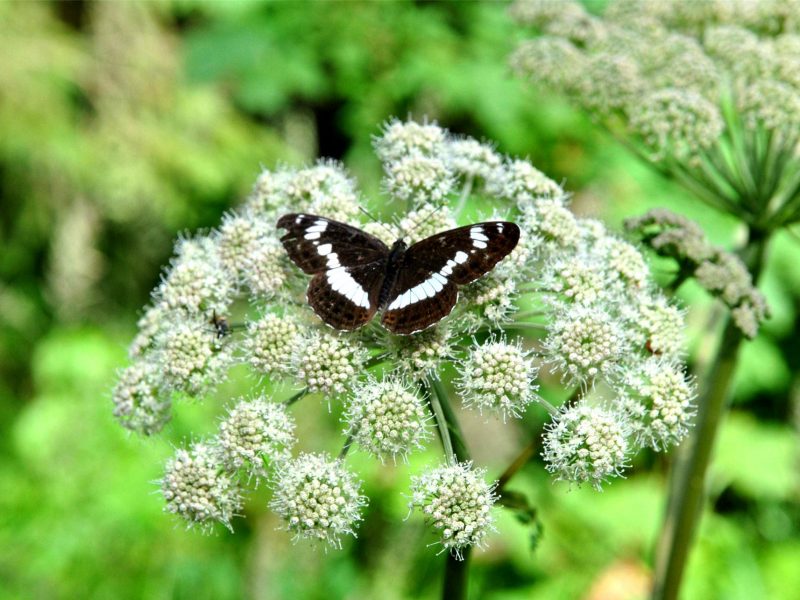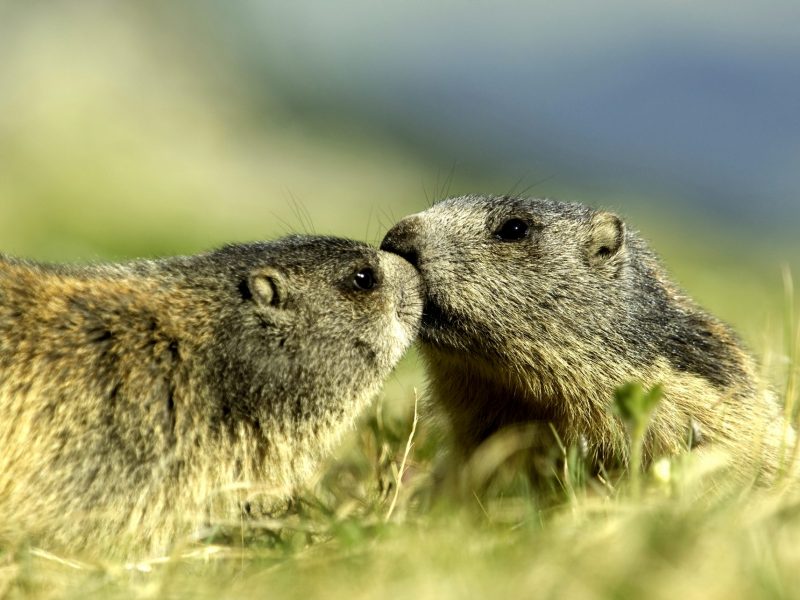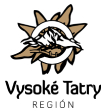Animals can be found anywhere in the Tatra National Park. Great effects on the Tatra fauna were mainly cold periods in the ice age, which were later replaced by warmer periods with thermophilic species from Eastern or Southeastern Europe. Tatra fauna is therefore characterized by various animal components.
Broken relief and the diverse range of biotopes create an opportunity for the existence of invertebrate communities that include diverse forms of animals. Vertebrates are represented in TANAP by 11 species of fish and 2 species of crustaceans. Furthermore, there are 6 species of amphibians, 5 species of reptiles, 102 species of nesting birds and 14 species of mammals. There are many invertebrates and vertebrates like for example: Edible frog (Pelophylax esculentus), Common frog (Rana temporaria), Common European viper (Vipera berus). Among the widespread species belongs, especially in the upper border of the forest, the European snow vole (Chionomys nivalis) or Alpine shrew (Sorex alpinus). However, characteristic for the Tatras is the alpine component – Tatra marmot (Marmota marmota latirostris), Tatra chamois (Rupicapra rupicapra tatrica) and various types of gastropods, spiders or insects. Among rare and protected species of beetles we can find here Pseudogaurotina excellens. The fauna of butterflies is also rich. The fish are dominated by River trout (Salmo trutta fario) and Siberian bullhead (Cottus poecilopus). At Štrbské pleso, the occurrence of a genetically pure Whitefish (Coregonus maraena) is recorded. As far as birds are concerned, the predominant bird is Common chaffinch (Fringilla coelebs). Among the significant endangered species of birds of prey and owls are Golden eagle (Aquila chrysaetos), Lesser spotted eagle (Clanga pomarina), Common kestrel (Falco tinnunculus) or Eurasian eagle-owl (Bubo bubo). From the large carnivores, a strong population of brown bear (Ursus arctos), Eurasian lynx (Lynx lynx) and wolf (Canis lupus) is currently recorded. The Eurasian otter (Lutra lutra) is hunting in watercourses. Lowland layer is formed by the lowest parts of the territory with typical representatives, such as the common vole (Microtus arvalis), European hare (Lepus europaeus), grey partridge (Perdix perdix) or the common kestrel (Falco tinnunculus). The great absolute and relative altitude of the Tatras has allowed the creation of a wide range of vertical arrangement of animal kingdom.
TATRA CHAMOIS (Marmota marmota latirostris) – marmots live a social way of life and form colonies. They inhabit a zone of clearings and rock debris above the dwarf-pine. Only during the growing season can they create sufficient fat reserves to allow them to survive the long Tatra winter. An adult weighs approximately 6 kilograms at the end of the summer. They spend 6 to 7 months in hibernation. During hibernation, their heart rate and body temperature decrease.
TATRA MARMOT (Marmota marmota latirostris) – marmots live a social way of life and form colonies. They inhabit a zone of clearings and rock debris above the dwarf-pine. Only during the growing season can they create sufficient fat reserves to allow them to survive the long Tatra winter. An adult weighs approximately 6 kilograms at the end of the summer. They spend 6 to 7 months in hibernation. During hibernation, their heart rate and body temperature decrease.
BROWN BEAR (Ursus arctos) – adult males end their winter sleep most often in late February to early March. In spring they go through their territory and consume any available food. They mark their territory by gnawing and rubbing on trees. Around mid-April, bears and cubs are gradually leaving their burrow. In the summer, bear families as well as solitary adult males intensively visit places with plenty of alpine fruits.



